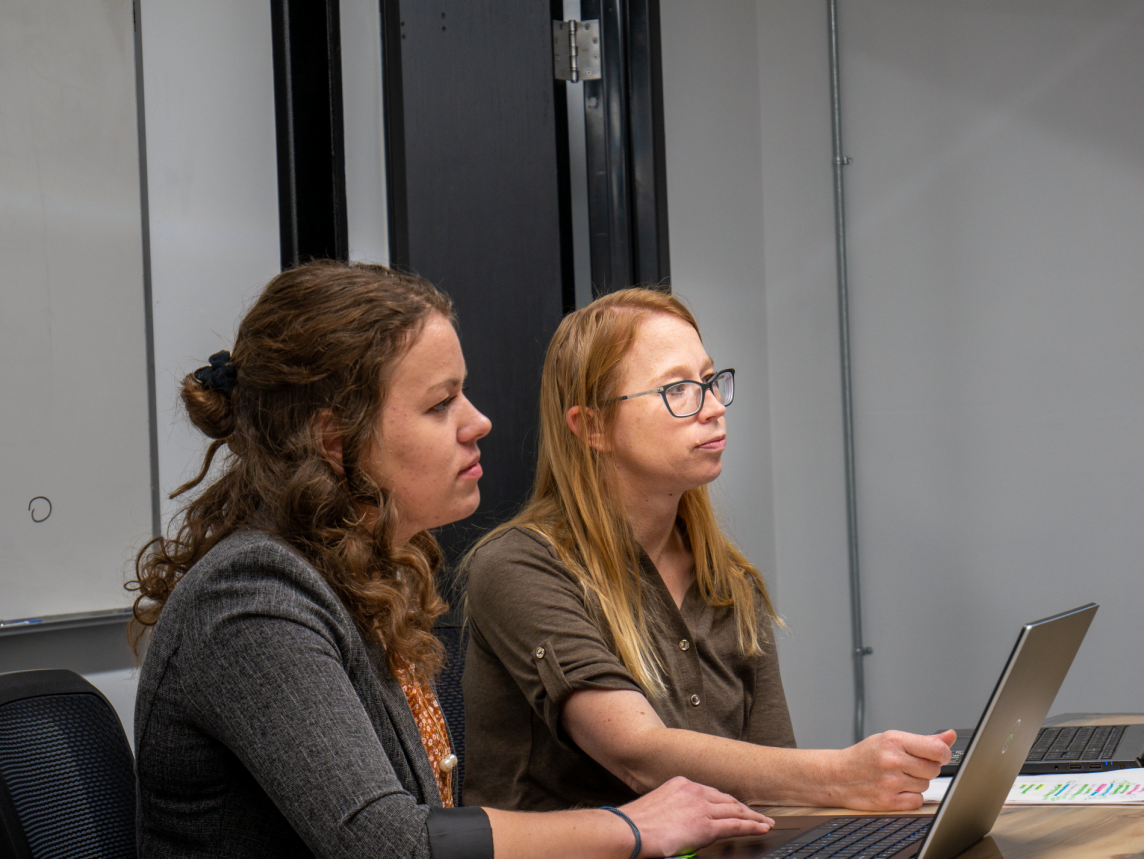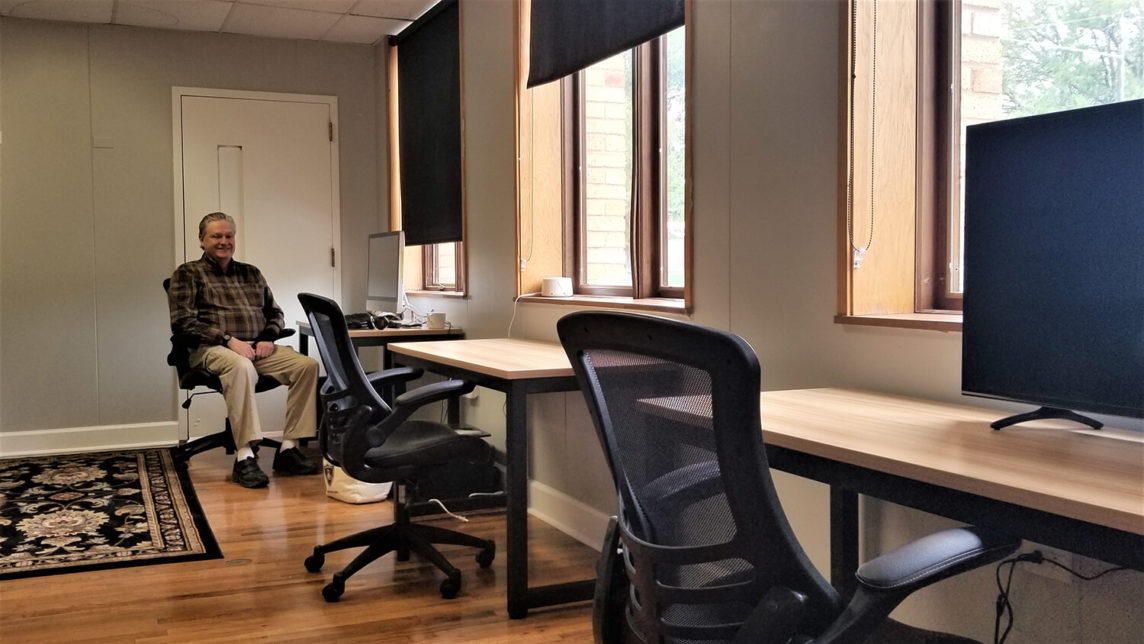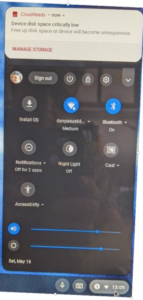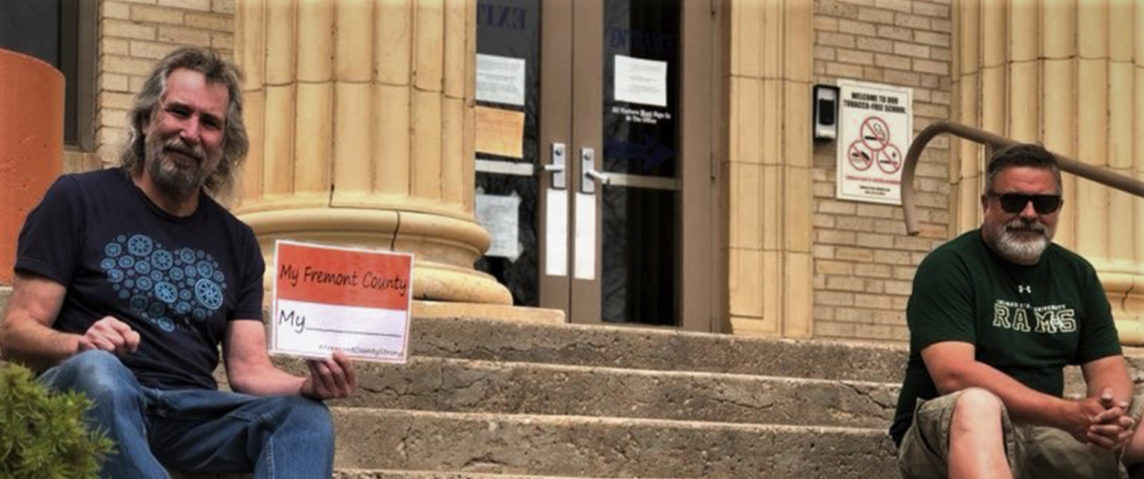5 years ago, in the cold of a Colorado November night, I started what was then called The Star Wars Battlefront Podcast. We covered everything that involved the video game series Star Wars Battlefront. After 200 episodes and over 250,000 downloads, it was time to freshen things up. So I began the process of rebranding.
In late April of 2020, support ended for the game I had covered for years, but it wasn’t the end for the podcast. I had built up a great community, with great connections and friends. I knew I wanted to continue producing content, but to do that, I needed to shift things around with the branding.
I had experimented in the past with a spinoff podcast called Star Wars Uplink in 2017, but it didn’t hold up at the time. For one, the world of Star Wars gaming was only Battlefront. Electronic Arts, a large publisher in the gaming world, held an exclusivity license to produce Star Wars games until 2023 and released Star Wars games infrequently. Because of the lack of other Star Wars games around that time, there wasn’t a huge want or need for the show. People wanted to hear about Battlefront, and for that, they went to the main show: SWBP.
But the branding of that name was strong and recognizable. In Walker Assault, the premiere game mode of Star Wars Battlefront (2015), your goal was to activate or deactivate uplink points, so the community was already comfortable with the phrase. I decided to build out the brand further, instead of calling it Star Wars Uplink, I wanted to build up a brand that can be expanded into something more than just Star Wars should the need arise.
To mark the final episode of the Star Wars Battlefront Podcast, I produced a documentary telling the story of Star Wars Battlefront 2’s redemption from a controversial launch to one of the greatest Star Wars experiences made. On October 1st of 2020, I released the 200th episode of the Star Wars Battlefront Podcast and began the rebrand process for the podcast, twitter account, and YouTube channel.
Since the rebrand we’ve actually grown, welcoming many new listeners, and followers. At the time of the rebrand we had just hit 250,000 downloads on just the audio offerings, and since the rebrand we’ve surpassed 300,000 downloads! Growing our YouTube channel to over 1,000 subscribers, the Twitter page to over 1,400, and developing our awesome community further. Now I run the podcast from the Emergent Campus, I record in my studio space, edit from my office and collaborate with people both virtually and in person from all over the world.
Sage Goodwin – Podcaster, Videographer, Graphic Designer







 Clicking on the widget in the lower right of the task bar shows some differences from a Chromebook. It has a notification that it is CloudReady, with a disk space warning because it’s running from a flash drive. There is an Install OS button to install CloudReady on your main drive. Note that CloudReady wants the whole disk and will format and take it all. I was thinking it is possible to resize the drive after installing CloudReady so that the computer could dual boot with CloudReady and Ubuntu. I didn’t try it, but it would probably work.
Clicking on the widget in the lower right of the task bar shows some differences from a Chromebook. It has a notification that it is CloudReady, with a disk space warning because it’s running from a flash drive. There is an Install OS button to install CloudReady on your main drive. Note that CloudReady wants the whole disk and will format and take it all. I was thinking it is possible to resize the drive after installing CloudReady so that the computer could dual boot with CloudReady and Ubuntu. I didn’t try it, but it would probably work.


